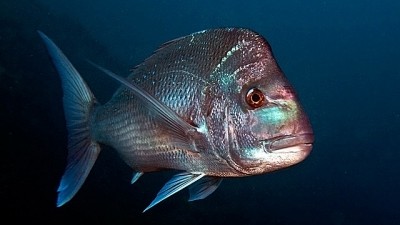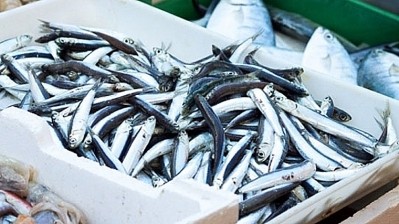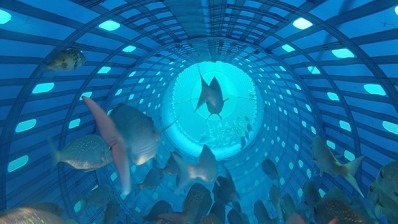New Zealand
Almost all NZ’s freshwater fish at risk of extinction

Among those that are threatened, members of the galaxiid family, which include whitebait, are especially threatened or at risk.
Freshwater scientist Dr Simon Howard has investigated the survival of two threatened galaxiids, upland longjaw galaxias and bignose galaxias, in catchments of the Waitaki River which is the second largest river in New Zealand.
Lack of study hitherto
Galaxiids make up the majority of native freshwater fish species and New Zealand is home to a third of global galaxiid species. Howard said the most threatened fish in the Waitaki catchment is the lowland longjaw, which is classified as nationally critical. None of the species he researched are well-studied, so their role in surrounding ecosystems is unclear.
“The species I studied appeared to require a specific set of habitat conditions. These conditions are likely to be altered by changes to flow in the rivers they occupy. This makes them vulnerable to changes in flows.
“The change in river flows could also come about via human-induced changes to climate, affecting rainfall patterns and timing.
“My research was focussed on two little-known galaxiid species, bignose galaxias and upland longjaw galaxias. I found that both species were rare across the entire basin and that the regulated hydro river flow influenced whether rivers were dominated by native fishes, or dominated by introduced trout and salmon species.”
Threats to native fisheries
More detailed studies showed populations of both species were influenced by in-stream flow conditions. Howard’s research highlights that past and future threats to native fishes include many human activities which alter stream ecosystems, modifying flows and habitats, and introducing invasive species.
“There's quite a big difference between what could be done and what's likely to be done, which reflects the multiple social pressures on water resources. A cautious approach to altering remaining flows in streams where these fish occur would be a step towards ensuring that their populations persist over time.”
However, their interactions with trout still remain a problem, although more active and controversial approaches could be applied, including trout removal and the installation of barriers to limit trout re-introduction and movement, said Howard.
“Most importantly, my work shows that threats to native fishes often act together, making these fishes especially susceptible to many human activities in and around streams. There are many pressures on the fish.”













